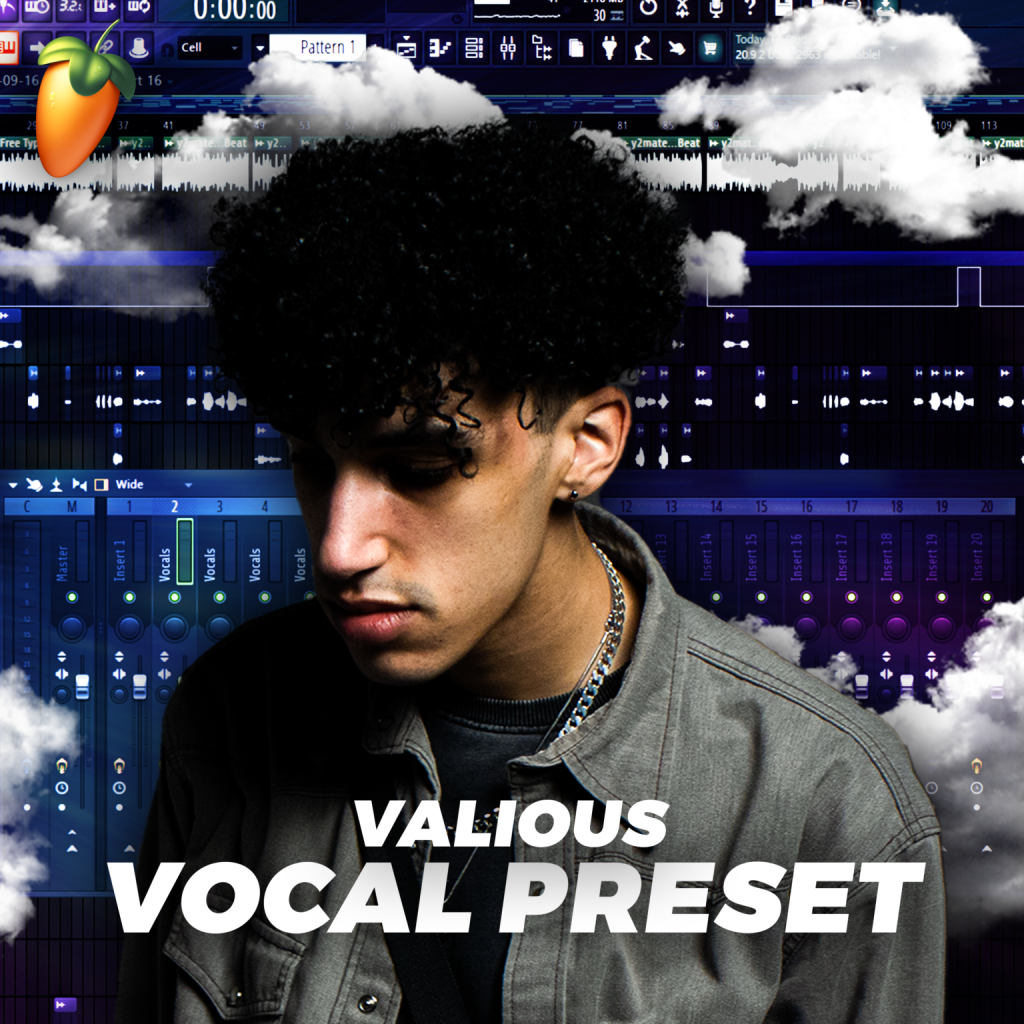
WHAT YOU ARE GOING TO LEARN
Master the Art of Composing For Film and Learn To Find Gigs Doing It!
Here is a list of some of the topics we will cover:
- Tools of the trade
- Finding the emotional response
- Music Theory and Genre
- Using Modes in Film Scores
- Finding the Message
- Learning from Temp Cues
- “Spotting” the film
- Working with industry budgets
- Diegetic music and nondiegetic music
- Score and Source
- The Ostinato
- Working with silent films
- Setting up a session
- Marking hits
- Scoring the opening credits
- Motive and Lietmotif
- Working with Lietmotifs
- Working with rhythm in cues
- POV
- Finding and analyzing POV scenes
- Composing using POV
- Any much, much, more!
01
Welcome & Overview
Welcome to the class! In this section we will talk about what is covered in this class, the tools we will use, and a bit about the examples used in this class.
Introduction
Tools We Will Use
Update! MuseScore 3.0
One of My Professional Projects
A Note About the Examples In This Class
02
Atmosphere
free
In this section let’s talk about creating a sense of atmosphere through music in a scene.
What is Atmosphere?
Example: District 9
Example: Finding Nemo
The “Pad” Sound and the Orchestra
Using Modes for Atmosphere
Finding an Atmospheric Cue in Our Film
Composing with Atmosphere
Analysis of Our Cue
03
Working with String Harmonies
In this section let’s focus in on the orchestra, and how to get a good “Hollywood” sound.
Taking a Lush Melody and Adding Harmonic Motion
Polyrhythmic, Monorhythmic, and Accompanimental
Example: The Village
Example: Monorhythmic
Example: Polyrhythmic
A Piece Worth Noting: Barber’s Adagio
Finding a Good Cue for Our Film
Composing with String Harmonies
Analysis of This Cue
04
The Chase Scene
A car chase, a fist fight, a space battle – these are things that require high-energy music that you might encounter. Let’s look at some techniques for keeping the energy up.
The Chase Scene
Example: The Matrix
Example: Jason Borne
Rhythm in Chase Scenes
Brass Swells!
Example: C’était une rendevous
C’était une rendevous Playthrough
Scoring C’était une rendevous
Analysis of This Cue
05
Building Tension (Suspense and Horror Cues)
The “Tension Cue” is one of my favorite types of cues to work on. Dissonance, atmosphere, and orchestration all play a role in creating these creepy cues.
Tension Cues
Example: The Ring
Dissection of One of My Tension Cues
Techniques: Ponticello, Tremelo, and Gliss
Analysis: Dissonance
Braaams!
Dissection of Another Tension Cue
Cue Analysis
06
Mickey Mousing (Comedy and Animation Cues)
There is an old technique that we now call “Mickey Mousing.” Generally it is something you want to avoid, but it can add humor in the right situations.
What is Mickey Mousing?
Examples of Mickey Mousing
07
How To Get Your Career Started
Ok, now that you know some of the fundamentals of film scoring, let’s spend some time talking about some techniques to get your career off the ground.
Getting Gigs
Building a Portfolio
Finding Film Makers
Working for Cheap (or… Free?)
08
Wrap Up
That’s all for now! A few last words about other things you can do to get practice and get your career off the ground.
More You Can Do
Thanks and Bye!
But Wait! There’s More!
Certificate of Completion
Dr. J. Anthony Allen
Music PhD, Producer, Composer, Instructor, Professor, Author, & Ableton Certified Trainer.
ABOUT
Dr. Allen is a professional musician, top-rated online instructor, and university professor. In 2017 the Star Tribune featured him as a “Mover and a Shaker,” and he is recognized by the Grammy Foundation for his music education classes. He currently teaches at Augsburg University in Minneapolis, MN, Slam Academy, and Punkademic Courses.
![[Cubase工程模板] 我们让舞曲变得冷酷(374.33MB)](http://0daydown.top/wp-content/uploads/2025/01/1737177361589_副本.jpg)
![[Cubase混音工程] 全程Waves插件混完一首歌曲(332.21MB)](http://www.bixinyinyuan.com/wp-content/uploads/2025/01/1737176982830_副本.jpg)
![[Cubase工程60首] 编曲学习House/EDM/POP混音模版 MIDI文件(9.03GB+)](http://www.bixinyinyuan.com/wp-content/uploads/2025/01/1736476946100_副本.jpg)
![[Cubase工程10首]日本流行音乐Jpop混音模版 分轨素材 MIDI文件(2.21GB)](http://www.bixinyinyuan.com/wp-content/uploads/2025/01/1736476474885_副本.jpg)

